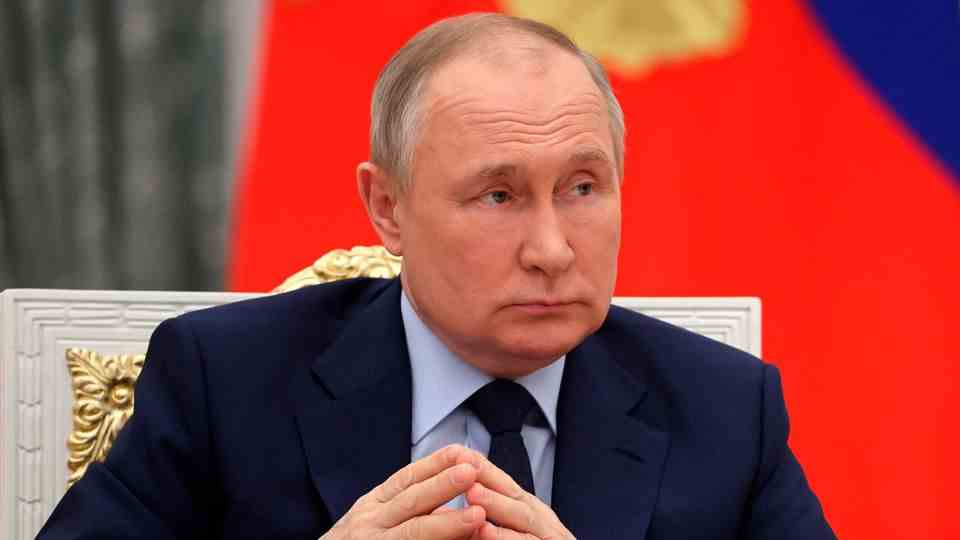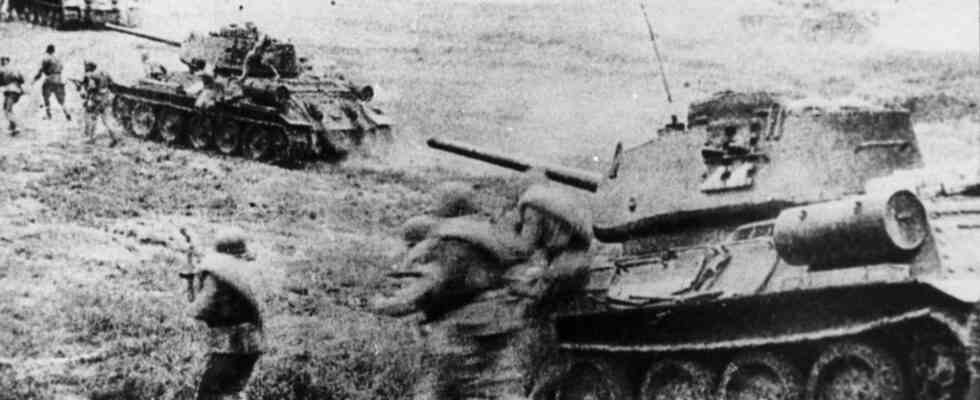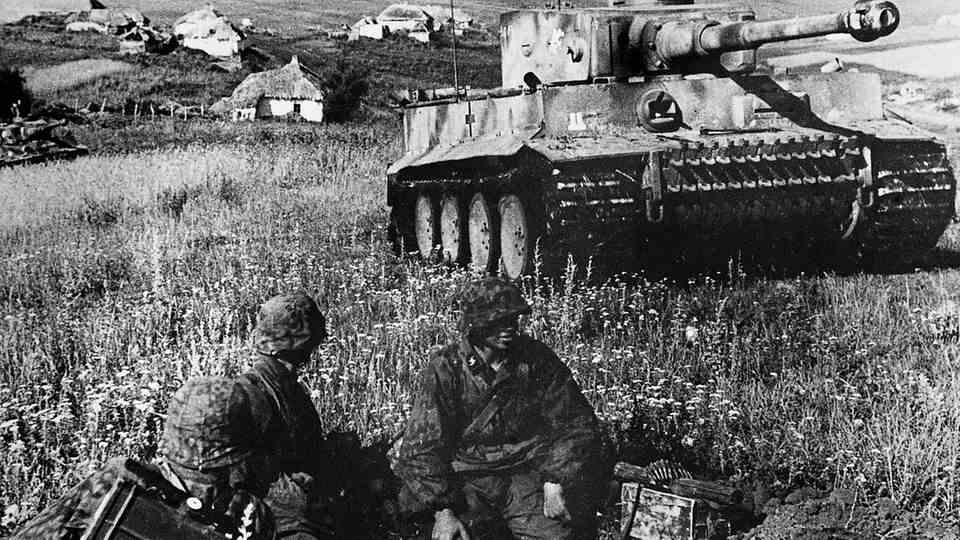Historical parallels
Battle of Kursk 1943 and Donbass 2022 – how history repeats itself
Counterattack by Red Army soldiers
© Commons
In 1943, the last major German offensive on the Eastern Front, Operation Zitadelle, failed. The Battle of Donbass shows amazing parallels. That can encourage Ukraine.
The Battle of Donbass is often compared to the Battle of Kursk in 1943. Also known as the “Zitadelle” in Germany. In fact, there are astonishing parallels – the spatial proximity alone is striking, but there are also major differences. And there is a propagandistic subtext: in 1943 the German attackers failed. Neither of the two German pincers could break through to Kursk, the Germans could not form a pocket, and after the losses in the battle they were never able to take the initiative on the Eastern Front again (Operation Citadel – This offensive should make Stalingrad forgotten). Of course, people in Kyiv and the West like to hear such a comparison, because it assures that the operation will end badly for Russia.
Where are the parallels? In the spring of 1943, the German Wehrmacht prepared for an offensive intended to compensate for the defeat at Stalingrad. The public today has forgotten that the Germans had a great success in the third battle for Kharkov after Stalingrad. There the armored forces that had cut off the 6th Army at Stalingrad were crushed by the best German strategist, Mannstein.
Destroy enemy troops
Similar to Donbass today, the German offensive had no strategic objective. Their sole aim was to cut off and annihilate in a huge pocket all the Soviet troops who were in the front bulge around Kursk and Orel. Putin’s Donbass General Alexander Dvornikov has the same idea. The slogan “Free Donbass!” is in fact quite secondary, his aim is to cut off and destroy Kiev’s Donbass army. There are said to be 27 Ukrainian brigades there, which would correspond to about 81 battalions.
The German Kursk offensive suffered from several basic problems. Not only was the German attack to be expected, but through spies and a captured German decoding machine, the Soviets knew every detail of the German deployment and plan of attack. In addition, Hitler repeatedly postponed the date because he wanted to wait for the completion of new weapons such as the Panther, Tiger and Ferdinand tank types. The Soviets used this time to establish a multi-line defense in depth along the German advance routes.
Similarly today: the planned Russian advance is so simple and unoriginal that it cannot surprise anyone. Ukraine has had time since 2015 to turn the area into a defense system. A system of four to five consecutive defensive positions was created. Not only trenches are located there, but also fortified shelters and firing positions. These bunkers resist Russian artillery fire and offer shelter to soldiers.
Due to the disastrous experiences of the first week of the war, Dwornikov dared not undertake any large-scale operations. So there is no “big” pincer movement along the Dnieper to encircle the east. Like the Germans in 1943, his troops worked their way through the Ukrainian fortifications.
Strongly fortified positions
In 1943, the German offensive stalled after a few days. The troops of the northern spearhead failed to break through the Soviet lines. The southern pincer broke through with the 1st SS Panzer Division, but was then attacked at Prokhorowka by the T-34s of the 5th Guards Tank Army (Panzerschlacht von Prokhorowka). Views of this battle differ widely. The fact is that Hitler called off the attack the following day.
Even today the Russians are making very slow progress. No one in the West knows what timetable Dvornikov has, but his attack is happening at a snail’s pace. In the west, therefore, it is assumed that the Russian troops are constantly being worn out and steadily weakened. So your chance of breaching more fortified positions will steadily decrease. Moscow will then have no choice but to stop the offensive sooner or later because of exhaustion. And even if the Russians did break through, Kyiv would still have mobile reserves in the Donbass.

So much for the parallels between the two battles, but there are also significant differences and they change the picture. Hitler broke off the offensive because of his weak nerves and the Allied landing in Sicily. In fact, at the Battle of Prokhorovka, the I SS Panzer Corps suffered only minor casualties and could have continued to attack. If Erich von Manstein had had his way, the battle would have ended differently.
Then the airspace. In the Battle of Kursk there was a nasty surprise for the Germans: for the first time the red attack aircraft of the German Luftwaffe were able to stand up to them. Both sides used aircraft, neither could control the airspace for themselves. In the Donbass, on the other hand, the Russians control the airspace. They suffer losses, but they can support their troops from the air – with ground attack aircraft and attack helicopters. Ukraine can’t do that. In addition, they still have large numbers of high-precision missiles and long-range cruise missiles.
Ukraine does not have inexhaustible reserves
In 1943, the Germans were surprised by the nature and depth of the Soviet defenses, while the Russians closely watched the Donbass fortifications. They may have overlooked individual positions, but not the system itself. Two differences weigh particularly heavily: In 1943, the Soviets had almost inexhaustible reserves of men and material compared to Germany. The complete opposite applies to Kyiv. Back then, Moscow manned every line of defense with its own troops. Lines 2 and 3 were fully combat-capable, even though all troops in the first line had been lost. Today, Kyiv has to dislodge troops to occupy positions in the rear. This also means that the Kiev troops are severely worn out by the long fighting and each new position becomes weaker than the one previously abandoned.
The situation is similar with replenishment. In 1943 the Red Army was by no means suffering from supply problems. However, it is to be feared that Ukraine will have great difficulties in tracking supplies on a sufficient scale. So it cannot adequately replace consumption or losses.
Conclusion: The similarities between the two battles are surprising, but one should not be misled into assuming that the outcome will inevitably repeat itself.
Also read:
Tank battle of Prokhorovka
Operation Zitadelle – This offensive should make Stalingrad forget



